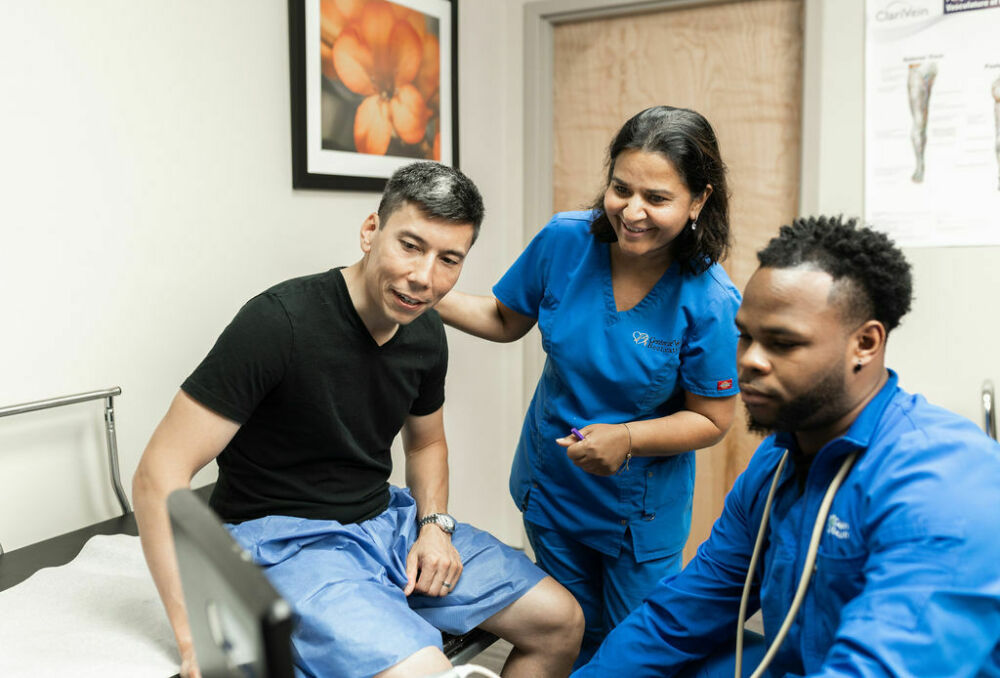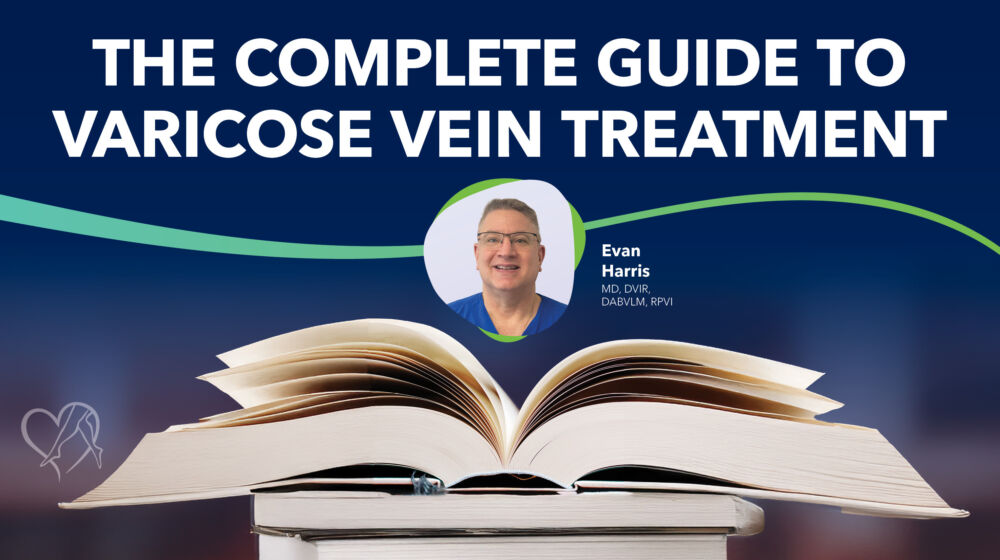Medically reviewed by Lawrence Starin, MD, FACS, on January 20, 2025
Varicose veins are more than just a cosmetic issue—they’re a visible clue pointing to a more significant vein condition known as venous insufficiency. Beyond their unsightly appearance, varicose veins can lead to physical discomfort, including leg pain, swelling, and fatigue. Left untreated, the increased pressure and weakened vein walls associated with varicose veins can result in complications, such as venous ulcers, deep vein thrombosis, and even the risk of a vein bursting.
It might seem alarming, but this is a real risk for untreated varicose veins and underscores the importance of seeking proper venous evaluation and vein care.
For this blog, we consulted Dr. Lawrence Starin, a vein health expert and lead physician at Center for Vein Restoration’s vein clinic in Providence Hospital, Washington, D.C. Located inside the former Providence Hospital, this vein clinic is approximately 15 minutes from downtown Washington, D.C., and offers cutting-edge, outpatient, minimally invasive treatment options for the relief of symptoms of chronic venous insufficiency.
To schedule an appointment with Dr. Starin, CLICK HERE
To schedule an appointment at any of Center for Vein Restoration’s 110+ vein clinics nationwide, CLICK HERE
You can also speak to a helpful Patient Services Representative at 240-249-8250 to ask any questions, including insurance inquiries, and schedule your appointment.
Now, let’s learn why varicose veins can burst, how to handle this situation, and steps you can take to prevent it from happening.

What Are Varicose Veins and What Causes Them?
Varicose veins are enlarged, twisted veins that often appear on the legs. They develop when the tiny valves inside your veins stop working properly. Usually, these valves help blood flow upward toward your heart, but blood can pool in your veins when they weaken. This condition, known as venous insufficiency, puts extra pressure on the vein walls, causing them to bulge and become varicose.
Several factors contribute to varicose veins, including:
- Genetics
- Prolonged standing or sitting
- Pregnancy
- Obesity
- Aging
According to the University of Rochester Medical Center, varicose veins affect about 40 percent of men and 70 percent of women by age 60.
Can a Varicose Vein Burst?
Yes, a varicose vein can burst, and it may happen either externally or internally. This occurs because the walls of varicose veins are weakened and stretched, making them more prone to rupture.
- External bleeding happens when the skin over the vein becomes thin and breaks, often after a minor scrape or bump. This can lead to significant bleeding because the vein is under pressure.
- Internal bleeding occurs when the vein bursts beneath the skin, causing bruising and swelling.
While bursting varicose veins seem scary, they’re treatable and preventable with the proper care.
What to Do If a Varicose Vein Bursts
If you experience a burst varicose vein, here’s what you should do:
- Apply Pressure: Use a clean cloth or bandage to apply firm pressure to the area.
- Elevate Your Leg: Raise the affected leg above your heart to reduce blood flow to the area and control bleeding.
- Seek Medical Attention: A vein specialist should always evaluate a burst varicose vein to ensure proper care.
Even when the bleeding stops, underlying vein problems will still need treatment to prevent further complications.
A study reported by the National Library of Medicine (NIH) titled "Fatal hemorrhage from varicose veins: is the correct advice being given?" serves as an important reminder that varicose veins, while often viewed as benign, can lead to serious and life-threatening complications. Proper education and timely intervention are crucial for at-risk patients.
The case focused on a documented but rare complication of varicose veins: fatal bleeding. An 85-year-old man with bleeding varicose veins was referred for assessment. He underwent vein evaluation and was scheduled for foam sclerotherapy six weeks later. Four weeks later, he was found deceased in his bath, the cause being a fatal hemorrhage from his varicose veins.
The study concludes that patients at risk include those:
- With previous bleeds
- On anticoagulants or with coagulation anomalies
- Living alone
The study also provides critical advice that all varicose vein patients should receive, including:
- Education on hemostasis techniques (leg elevation, applying pressure).
- Prompt treatment options, especially for high-risk cases.
The authors recommend that a "one-stop clinic" approach (evaluation and treatment in one visit) may prevent delays and improve outcomes for patients at risk of significant bleeding.
How to Prevent Varicose Veins from Bursting: Treat Your Varicose Veins Early!
Prevention starts with addressing the root cause of your vein issues. Here are some steps to prevent varicose veins from worsening and reducing the risk of bursting:
- Maintain a Healthy Weight: Extra weight puts pressure on your veins, so staying within a healthy weight range can improve blood flow.
- Exercise Regularly: Activities like walking, cycling, or swimming help keep blood circulating and reduce vein pressure.
- Elevate Your Legs: Take breaks to elevate your legs and improve circulation if you sit or stand for long periods.
- Wear Compression Stockings: These garments apply gentle pressure to your legs,
When to See a Vein Doctor
If you’ve experienced a burst vein or have ongoing symptoms like leg pain, swelling, or skin discoloration, it’s time to visit with a vein expert. They can assess your condition and recommend treatments tailored to your needs.
NYU Langone Health advises that for those with chronic venous insufficiency, lifestyle changes, and medical intervention can significantly reduce complications of vein disease.
According to a study reported by the National Library of Medicine (NIH) titled “Management of sudden profuse bleeding from varicose veins,” sclerotherapy is highly effective for controlling bleeding from small varicose veins (<1 mm) clustered in specific areas, while surgical removal is suitable for larger varicose veins. The combination of these techniques provides efficient and safe treatment for patients, many of whom were treated successfully in outpatient settings.
Take Control of Your Vein Health Today
Don’t wait for varicose veins to cause serious complications. Center for Vein Restoration (CVR), the industry leader in vein care, offers expert diagnosis and minimally invasive treatments to get your veins and quality of life back on track. Schedule a consultation with a CVR vein specialist today!
CLICK HERE to find a clinic near you.
Effective Treatments for Varicose Veins
Vein treatment options at Center for Vein Restoration are safe, minimally invasive, and highly effective. Common procedures include:
- Sclerotherapy: A solution is injected into the vein, causing it to close and fade over time.
- Endovenous Laser Therapy (EVLT): A laser is used to seal off the damaged vein.
- Ambulatory Phlebectomy: The vein is surgically removed during an outpatient procedure that is performed using only local anesthetics.
These treatments are performed by board-certified vein experts specially trained to address both cosmetic concerns and the medical aspects of vein disease.
Don’t Wait for Vein Problems to Worsen!
Varicose veins can lead to serious complications, but early treatment makes all the difference. At Center for Vein Restoration (CVR), our highly trained specialists offer personalized, minimally invasive treatments to restore your vein health. Schedule your consultation today and protect your legs and health!
Call 240-249-8250 to speak to a Patient Services Representative or schedule your consultation online at a CVR near you today.
Don’t Ignore Vein Problems
Ignoring varicose veins can lead to complications, but you don’t have to face them alone. Our specialists are dedicated to providing compassionate, expert care at Center for Vein Restoration (CVR), America’s largest physician-led vein center. Schedule your consultation now and take the first step toward healthier veins.

Your Vein Health Matters—We’re Here to Help
Varicose veins are more than a cosmetic issue—they’re a sign that your veins need attention. Diseased veins can rupture when the veins become overstretched and fragile, making them more prone to rupture, either externally or internally.
If you’re concerned about your veins or have experienced a vein bleed, don’t wait! Contact a CVR vein expert near you today to discuss your symptoms and explore treatment options.
We accept most insurances, including Medicare and Medicaid.
Call 240-249-8250 to speak to a helpful Patient Services Representative. You can also schedule your consultation online at a CVR near you today.

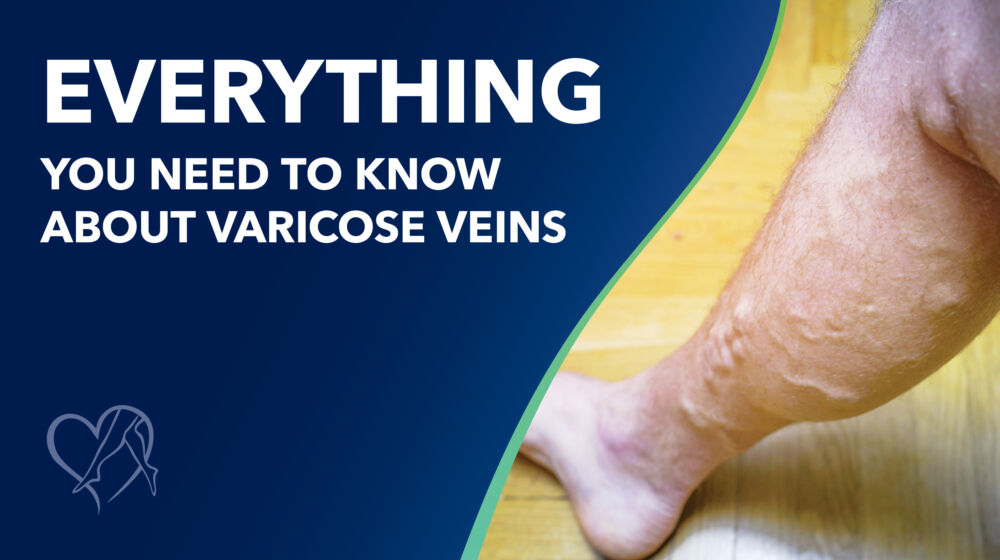
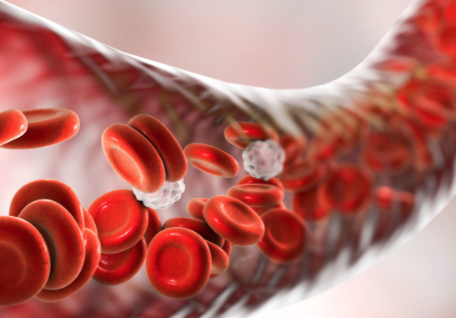 About Vein Disease
About Vein Disease
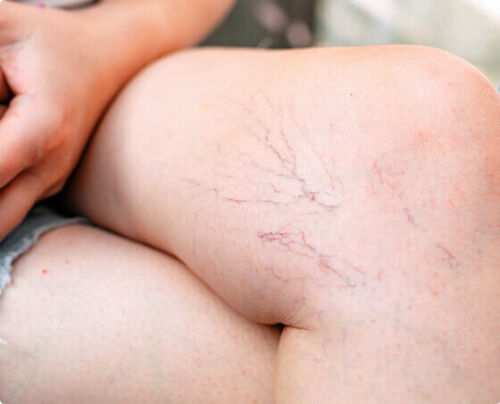 Spider Veins
Spider Veins
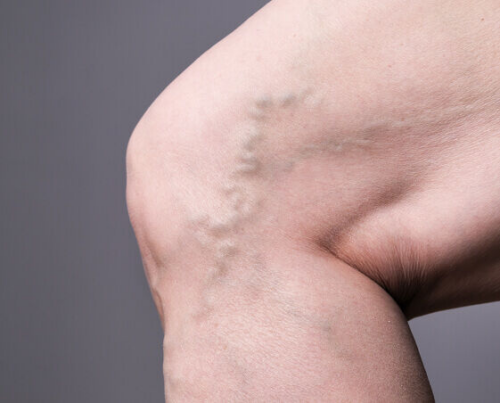 Varicose Veins
Varicose Veins
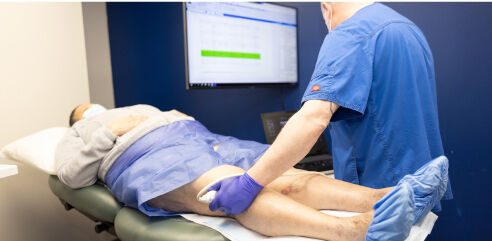 Vein Disease Treatments
Vein Disease Treatments
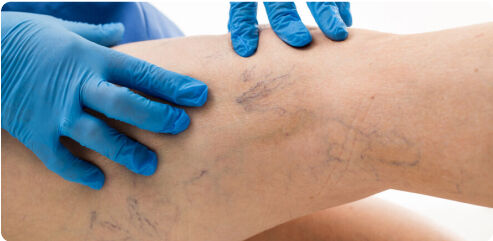 Treating Spider Veins
Treating Spider Veins
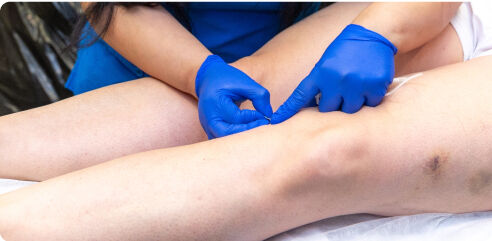 Treating Varicose Veins
Treating Varicose Veins
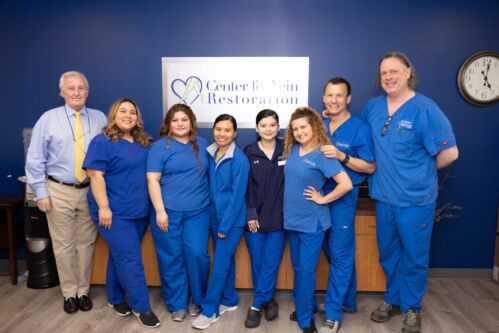 About Us
About Us
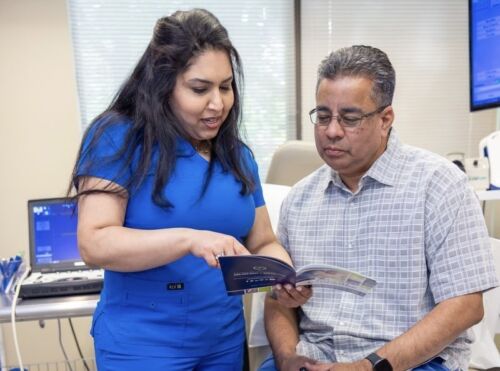 Patient Resources
Patient Resources
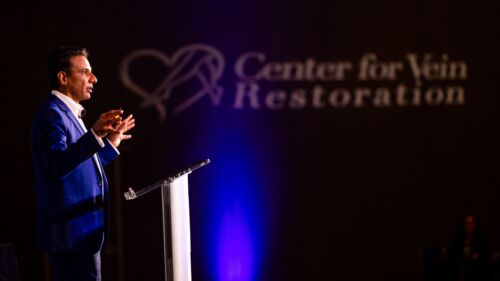 Physician Resources
Physician Resources


